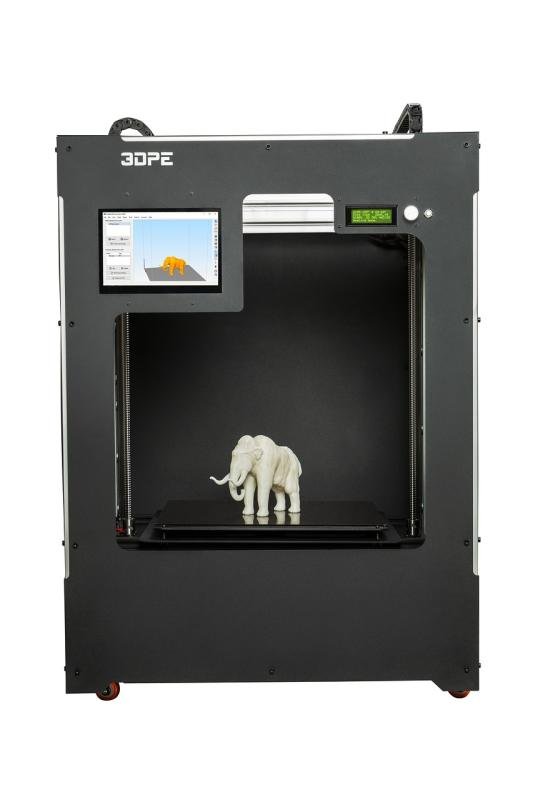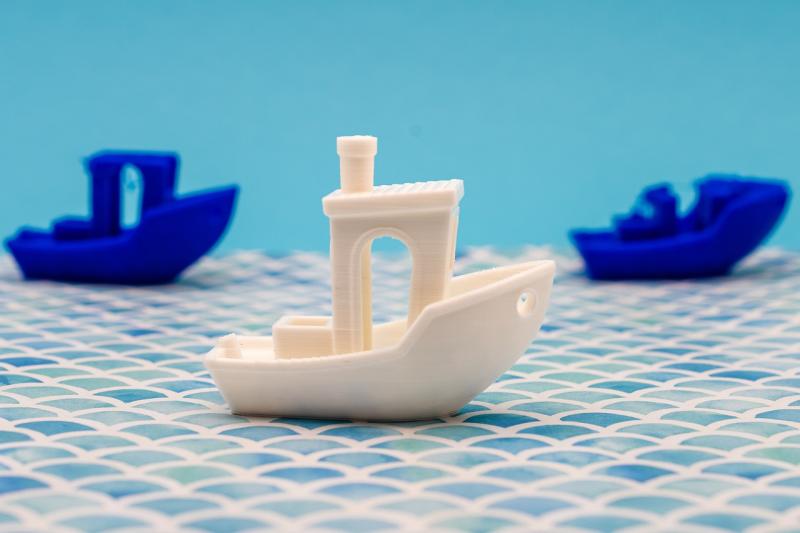When diving into the world of 3D printing, understanding resin basics is key to getting great results. Unlike traditional filament, resin is liquid and needs a light source for curing. It’s this unique property that allows for incredibly detailed prints. If you're just starting out, grasping a few core concepts can make all the difference.
There are different types of 3D resins, each designed for various applications. For instance, standard resin is fantastic for general printing. It's easy to work with and perfect for hobbyists creating models or props. If you're looking for something stronger, consider tough resin. It's designed to withstand impacts, making it ideal for functional parts or prototypes.
Then there’s specialty resin. Think flexible resin, which gives prints a rubbery feel, perfect for items like phone cases or toys. You also have castable resin, which is popular for jewelry designs, allowing for clean and precise details that are great for molding. Each type has its perks, so choose based on what you want to create!
Lastly, keep safety in mind! Resin can be messy and the fumes aren't always pleasant. Always work in a well-ventilated area and wear gloves to protect your skin. Being mindful of these basics will set you on the right path to becoming a pro in no time.
Different Kinds of 3D Resin
Standard Resin: This is the go-to option for most makers. It’s great for printing models with fine details. Standard resin is easy to work with and gives a smooth finish. If you’re just starting out or working on smaller projects, this is a reliable choice.
Flexible Resin: If you need something that can bend without breaking, flexible resin is your best bet. It’s perfect for creating items like phone cases, grips, or any object where durability and some stretch are important. Just keep in mind it may not hold its shape as firmly as harder resins.
Medical Resin: Designed specifically for medical applications, this type of resin is biocompatible and perfect for producing custom prosthetics or dental models. It’s great if you’re in the health field and need something that meets strict regulations while providing excellent detail.
High-Temperature Resin: For parts that need to withstand heat, this resin is a must. It’s ideal for creating tools, molds, or parts used in high-heat environments. If your project demands durability against temperature, consider high-temperature resin to get the job done right.
Choosing the Right 3D Resin
First off, let's talk about the different types of 3D resins available:
Don't forget about specifics like color and finish! Some resins come in various colors or can be painted easily after printing. Check if the resin you choose is compatible with your printer and meets safety requirements as well. Reading reviews and feedback can provide great insights into how a particular resin performs in real-world scenarios.
Ultimately, take your time to explore the options and select the resin that aligns with your needs. With a little bit of research and consideration, you’ll be well on your way to creating amazing 3D prints that you'll be proud of!
Tips for Working with 3D Resin
When diving into the world of 3D resin, it's essential to have a few tips up your sleeve. Working with resin can be a bit tricky, but don't worry! With the right approach, you can make some amazing creations.
First off, always wear gloves and a mask. Resin can be messy and some types might release fumes that aren’t the best for breathing in. Protecting yourself ensures that you can focus on your project without any worries. It’s a small step that makes a big difference.
Next, prepare your workspace. Make sure it's well-ventilated and covered with a protective layer, like a plastic sheet or newspaper. This way, if you spill any resin, it’ll be easy to clean up, and you won't damage your surfaces. Having everything organized will also help you work more efficiently.
Don't forget to measure accurately! Resin and hardener need to be mixed in precise ratios. If you're off even a little, it can affect the final result. Use a scale for accuracy, and mix well—about 3-5 minutes of stirring should do the trick. You want to ensure that it's combined evenly to avoid sticky spots.
Lastly, patience is key. Allow the layers to cure fully before adding more or handling your print. Rushing this step can lead to imperfections. It might take a little longer, but giving your resin the time it needs will result in better, smoother finishes!



